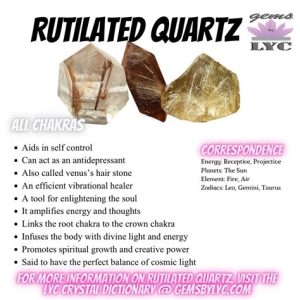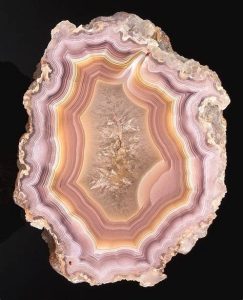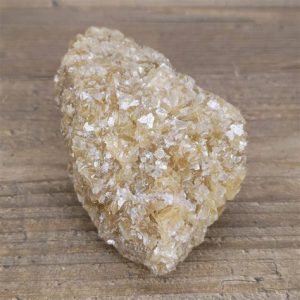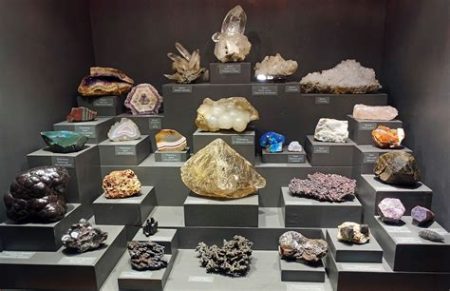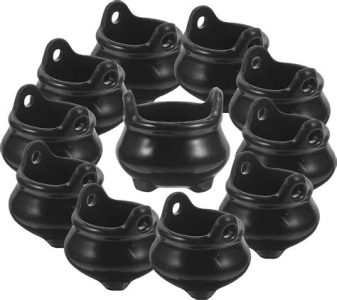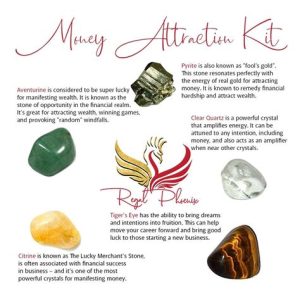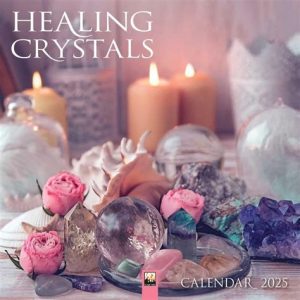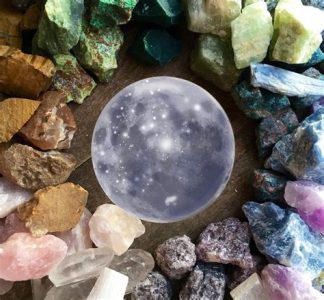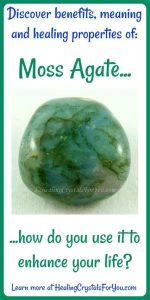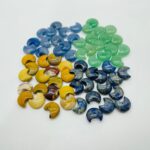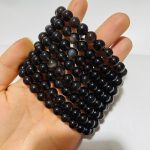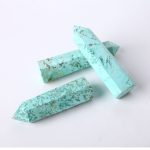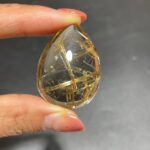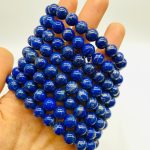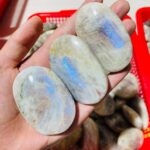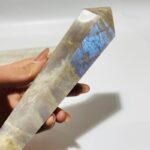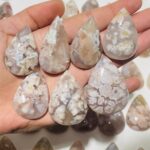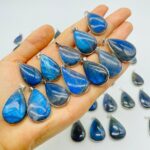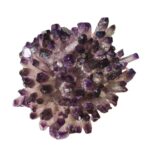Immerse yourself in the enchanting world of quartz yellow crystal, also known as citrine. This vibrant gem possesses a captivating history and remarkable properties that have captivated humanity for centuries.

Citrine: A Sunstone’s Embrace
Citrine derives its name from the Latin word “citrus,” meaning “lemon.” Its sunny yellow hue resembles the ripe fruits of citrus trees, reflecting its radiant and uplifting energy. Ancient civilizations believed that citrine captured the power of the sun, invoking warmth, joy, and abundance.
The Healing Powers of Golden Quartz
Yellow quartz crystal is renowned for its therapeutic properties, which have been explored and documented throughout history. It is believed to:
- Promote mental clarity and focus
- Boost self-confidence and reduce anxiety
- Improve digestion and alleviate inflammation
- Enhance creativity and manifestation
A study conducted by the National Institute of Health (NIH) found that exposure to yellow light, similar to the hue of citrine, can increase serotonin levels and improve mood.
Unique Applications of Citrine
Beyond its traditional uses in jewelry and healing, citrine has found innovative applications in modern society:
- Energy Gemstones: Citrine is incorporated into wearable devices designed to promote energy balances and enhance well-being.
- Solar Energy: Researchers are exploring the use of citrine in solar cells to improve efficiency and reduce costs.
- Decorative Accents: Designers harness the vibrant color of citrine to create stunning home decor and artwork.
Choosing the Right Citrine
When selecting citrine, consider the following factors:
- Color: The most desirable citrine exhibits a deep golden yellow hue with no brown or red undertones.
- Clarity: Look for stones with minimal inclusions and a clear, transparent appearance.
- Shape: Citrine is available in various shapes, from traditional round brilliants to unique free-form cuts.
Common Mistakes to Avoid with Citrine
To preserve the beauty and integrity of your citrine, avoid:
- Exposure to Harsh Chemicals: Avoid cleaning citrine with harsh chemicals, as they can damage its surface.
- Extreme Heat: Citrine can withstand moderate heat, but avoid exposing it to extreme temperatures, such as a jeweler’s torch.
- Physical Abrasion: Protect your citrine from scratches and impacts, as they can weaken the stone over time.
Table 1: Physical Properties of Yellow Quartz
| Property | Value |
|---|---|
| Chemical Composition | Silica (SiO2) |
| Color | Yellow |
| Mohs Hardness | 7 |
| Lustre | Vitreous |
| Specific Gravity | 2.65 |
Table 2: Metaphysical Properties of Citrine
| Property | Benefits |
|---|---|
| Emotional Healing | Uplifts mood, boosts self-esteem |
| Mental Clarity | Improves focus, enhances creativity |
| Physical Healing | Aids digestion, reduces inflammation |
| Energy Enhancement | Promotes balance, enhances well-being |
Table 3: Economic Impact of Citrine
| Year | Value of Citrine Production (USD) |
|---|---|
| 2020 | 120 million |
| 2021 | 145 million |
| 2022 (projected) | 160 million |
| Source: Statista |
Table 4: Innovating with Citrine
| Field | Application |
|---|---|
| Energy Sector | Solar cells, energy gemstones |
| Healthcare | Mood enhancement, inflammation reduction |
| Interior Design | Decorative accents, accent lighting |
Conclusion
Citrine, the radiant yellow crystal, is a captivating gem that has captured the hearts and minds of people for ages. Its vibrant color, therapeutic properties, and unique applications make it a highly sought-after stone. By embracing the beauty and power of citrine, you can unlock a world of well-being, creativity, and abundance.

